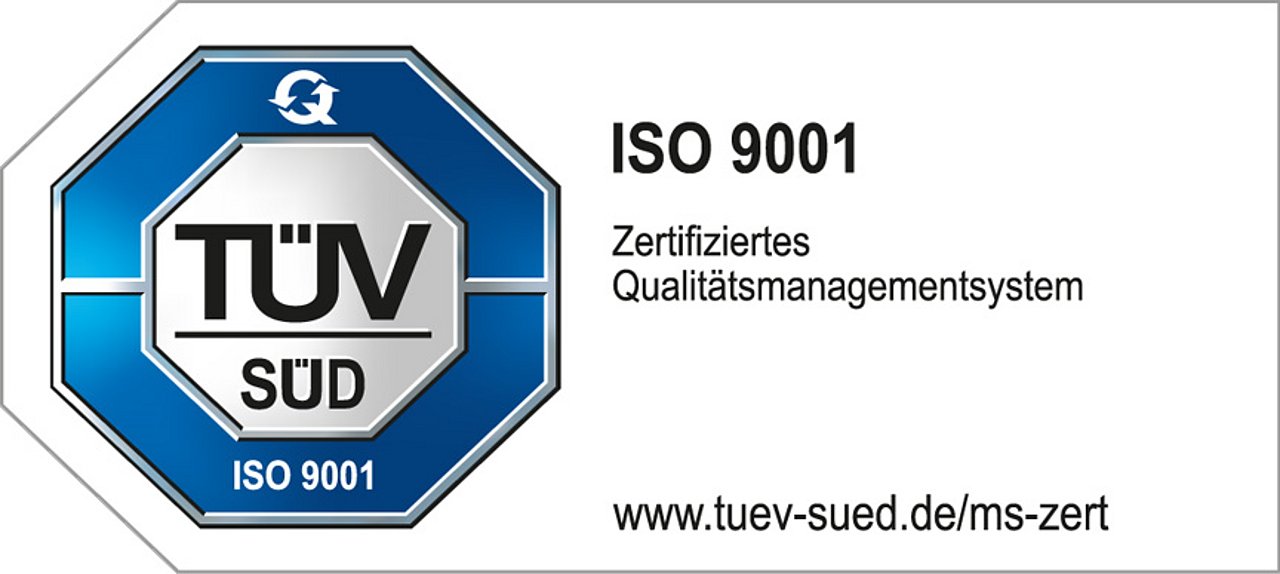PD Dr. med. habil. Björn Buchholz
Oberarzt, Facharzt für Innere Medizin und Nephrologie

Ulmenweg 18, 91054 Erlangen
Einrichtungen
Medizin 4
Transplantationszentrum
Lebenslauf, Veröffentlichungen und Auszeichnungen
Publikationen
- (2023) A novel direct adenosine monophosphate kinase activator ameliorates disease progression in preclinical models of Autosomal Dominant Polycystic Kidney Disease. Kidney Int. 2023;103(5): 917-929
- (2022) Loss of Polycystin-1 causes cAMP-dependent switch from tubule to cyst formation. iScience. 2022;25(6):
- (2022) PRECLINICAL EFFICACY OF DIRECT AMPK ACTIVATION WITH A NOVEL SMALL MOLECULE-PXL770-FOR THE TREATMENT OF AUTOSOMAL DOMINANT POLYCYSTIC KIDNEY DISEASE Nephrol Dial Transplant. 2022;37 Suppl 3(): I9-I9
- (2022) A 3D In Vivo Model for Studying Human Renal Cystic Tissue and Mouse Kidney Slices. Cells. 2022;11(15):
- (2021) The chloride channel CFTR is not required for cyst growth in an ADPKD mouse model. FASEB J. 2021;35(10):
- (2021) Significance of Glomerular Immune Reactivity in Time Zero Biopsies for Allograft Survival Beyond IgA. Front Med (Lausanne). 2021;8():
- (2021) Early childhood height-adjusted total kidney volume as a risk marker of kidney survival in ARPKD. Sci Rep. 2021;11(1):
- (2020) SINGLE CENTER, OPEN-LABEL, RANDOMIZED, CONTROLLED, CROSS OVER STUDY TO EVALUATE THE PHARMACOKINETIC AND BIOAVAILABILITY OF ENVARSUS (R) IN COMPARISON TO ADVAGRAF (R) IN DE NOVO LIVER TRANSPLANT RECIPIENTS Transpl Int. 2020;33 Suppl 2(): 19-19
- (2020) Isolated thrombotic microangiopathy of the small intestine in a patient with atypical hemolytic uremic syndrome - a case report. BMC Nephrol. 2020;21(1):
- (2020) Cyst growth in ADPKD is prevented by pharmacological and genetic inhibition of TMEM16A in vivo. Nat Commun. 2020;11(1):
- (2020) Macrophage migration inhibitory factor is regulated by HIF-1α and cAMP and promotes renal cyst cell proliferation in a macrophage-independent manner. J Mol Med. 2020;98(11): 1547-1559
- (2020) Role of oxygen and the HIF-pathway in polycystic kidney disease. Cell Signal. 2020;69():
- (2020) TMEM16A drives renal cyst growth by augmenting Ca2+ signaling in M1 cells. J Mol Med. 2020;98(5): 659-671
- (2020) Severe neurological outcomes after very early bilateral nephrectomies in patients with autosomal recessive polycystic kidney disease (ARPKD). Sci Rep. 2020;10(1):
- (2019) A Fluorescent Benzo[g]isoquinoline-Based HIF Prolyl Hydroxylase Inhibitor for Cellular Imaging. ChemMedChem. 2019;14(1): 94-99
- (2019) Lipid Peroxidation Drives Renal Cyst Growth In Vitro through Activation of TMEM16A. J Am Soc Nephrol. 2019;30(2): 228-242
- (2018) Risk Factors for Early Dialysis Dependency in Autosomal Recessive Polycystic Kidney Disease. J Pediatr. 2018;199(): 22-28.e6
- (2018) Nephron-specific knockout of TMEM16A leads to reduced number of glomeruli and albuminuria. Am J Physiol Renal Physiol. 2018;315(6): F1777-F1786
- (2018) HIF-1α promotes cyst progression in a mouse model of autosomal dominant polycystic kidney disease. Kidney Int. 2018;94(5): 887-899
- (2017) Hypoxia inducible factor stabilization improves defective ischemia-induced angiogenesis in a rodent model of chronic kidney disease. Kidney Int. 2017;91(3): 616-627
- (2017) Recent Progress of the ARegPKD Registry Study on Autosomal Recessive Polycystic Kidney Disease. Front Pediatr. 2017;5():
- (2016) Glucose promotes secretion-dependent renal cyst growth. J Mol Med. 2016;94(1): 107-17
- (2016) The impact of hypoxia on nephrogenesis. Curr Opin Nephrol Hypertens. 2016;25(3): 180-6
- (2016) P2Y2R is a direct target of HIF-1? and mediates secretion-dependent cyst growth of renal cyst-forming epithelial cells. Purinergic Signal. 2016;12(4): 687-695
- (2015) Hypoxia inhibits nephrogenesis through paracrine Vegfa despite the ability to enhance tubulogenesis. Kidney Int. 2015;88(6): 1283-1292
- (2015) Anoctamin 6 is localized in the primary cilium of renal tubular cells and is involved in apoptosis-dependent cyst lumen formation. Cell Death Dis. 2015;6(): e1899
- (2014) Hypoxia-Inducible Factor-1? Causes Renal Cyst Expansion through Calcium-Activated Chloride Secretion. J Am Soc Nephrol. 2014;25(3): 465-74
- (2014) Anoctamin 1 induces calcium-activated chloride secretion and proliferation of renal cyst-forming epithelial cells. Kidney Int. 2014;85(5): 1058-67
- (2013) Kif3a guides microtubular dynamics, migration and lumen formation of MDCK cells. PLoS ONE. 2013;8(5): e62165
- (2011) Formation of cysts by principal-like MDCK cells depends on the synergy of cAMP- and ATP-mediated fluid secretion. J Mol Med. 2011;89(3): 251-61
- (2011) The Raf kinase inhibitor PLX5568 slows cyst proliferation in rat polycystic kidney disease but promotes renal and hepatic fibrosis. Nephrol Dial Transplant. 2011;26(11): 3458-65
- (2009) Increased expression of secreted frizzled-related protein 4 in polycystic kidneys. J Am Soc Nephrol. 2009;20(1): 48-56
- (2009) HIF-prolyl hydroxylases in the rat kidney: physiologic expression patterns and regulation in acute kidney injury. Am J Pathol. 2009;174(5): 1663-74
- (2009) Donor treatment with a PHD-inhibitor activating HIFs prevents graft injury and prolongs survival in an allogenic kidney transplant model. Proc Natl Acad Sci U S A. 2009;106(50): 21276-81
- (2008) HIF activation protects from acute kidney injury. J Am Soc Nephrol. 2008;19(3): 486-94
- (2008) Hypoxia and Hypoxia-Inducible Factor-1{alpha} Modulate Lipopolysaccharide-Induced Dendritic Cell Activation and Function. J Immunol. 2008;180(7): 4697-705
Sprechstunden
Nierenerkrankungen (polyzystisch)
Zystennieren
Spezialsprechstunde
PD Dr. med. habil. Björn Buchholz
Zeiten
nach Vereinbarung
Internistisches Zentrum (INZ)
Ulmenweg 18
91054 Erlangen
Raum
D 0 723-1
Kontakt für Terminvergabe
Terminvergabe nur nach Absprache
Terminvergabe nur nach Absprache
Hochschulambulanz
Montag bis Freitag
11.00 - 15.00 Uhr
Telefon: 09131 85-32566
Fax: 09131 85-33431
Hinweis
In dieser Sprechstunde betreuen wir Patienten mit Zystennieren, zumeist im Rahmen einer ADPKD. Wir helfen in der Diagnostik und sprechen Therapieempfehlungen aus.
Mitzubringen
- Versicherungsnachweis (Krankenkassenkarte)
- Zuweisung
- Medikamentenliste
- Befundberichte von Ihrem Facharzt (falls vorhanden)



